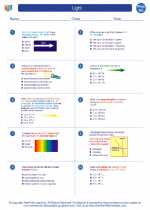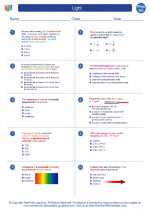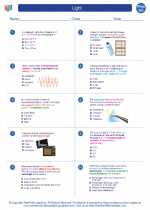The Liver
The liver is a vital organ located in the upper right part of the abdomen. It is a large, reddish-brown organ that performs a wide range of functions essential for the body's overall health.
Anatomy of the Liver
The liver is divided into two main lobes: the right lobe and the smaller left lobe. It is made up of hepatocytes, which are the main functional cells of the liver. The liver receives its blood supply from two sources: the hepatic artery and the portal vein. It also produces bile, which is stored in the gallbladder and released into the small intestine to aid in the digestion of fats.
Functions of the Liver
The liver performs a multitude of critical functions, including:
- Metabolic Functions: The liver metabolizes nutrients, detoxifies harmful substances, and regulates blood sugar levels.
- Storage: It stores vitamins, minerals, and glycogen, which is a form of energy storage.
- Production of Proteins: The liver produces proteins essential for blood clotting and maintaining fluid balance in the body.
- Bile Production: The liver produces bile, which aids in the digestion and absorption of fats.
- Detoxification: The liver detoxifies drugs, alcohol, and other harmful substances, preparing them for excretion from the body.
Common Liver Conditions
Several conditions can affect the liver, including:
- Hepatitis: Inflammation of the liver, often due to viral infections.
- Cirrhosis: Scarring of the liver caused by long-term liver damage, often due to alcohol abuse or chronic hepatitis.
- Liver Cancer: The development of cancerous cells in the liver.
- Fatty Liver Disease: Accumulation of fat in the liver, often due to obesity or excessive alcohol consumption.
Study Guide
When studying the liver, it is important to understand its anatomy, functions, and common conditions. Here are some key points to focus on:
- Identify the main lobes of the liver and their respective functions.
- Describe the blood supply to the liver and its importance for its functions.
- Explain the metabolic functions of the liver, including nutrient metabolism, detoxification, and blood sugar regulation.
- Discuss the role of the liver in bile production and its significance for digestion.
- Explore common liver conditions, their causes, and potential consequences for overall health.
Understanding the liver's role in the body is crucial for comprehending its overall impact on health and the potential consequences of liver-related conditions.



